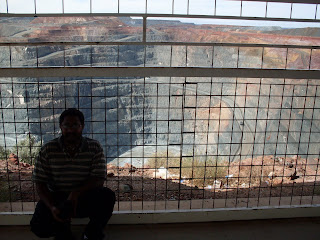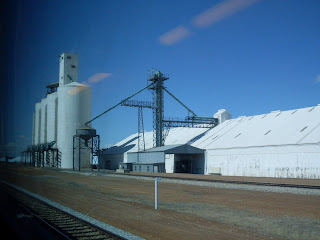I recently came across this very interesting study about the relationship between betelnut chewing and the birth weight of a child. The published paper was titled '
Betel nut chewing during pregnancy, Madang province, Papua New Guinea'. It was compiled by M. Senna, F. Baiwoga, J.Winmaia, I. Muellerb, S. Rogersonc, and N. Senna and published by the
Journal of Drug and Alcohol Dependence, volume 105, issues 1-2, in 2009.
I have written a summy of the study:
In Papua New Guinea, betel nut chewing is very common in the general population. It has similarities in terms of use and complications of use to chewing tobacco (smokeless tobacco), as its active agent, arecoline (
is the alkaloid natural product found in the betelnut) is similar to nicotine. The study was done by researchers from the PNG Institute of Medical Research and the University of Melbourne from September 2007 and June 2008. The study investigated the habits of betel nut chewing and possible impact on pregnancy.
In a cross-sectional survey, 310 pregnant women attending Alexishafen Health Centre
(which by the way, the health centre has over 500 deliveries annually) in Madang Province were interviewed with a survey measuring: detailed demographic data, betel nut chewing habits, other potential addictions (smoking, alcohol and drug use) and a medical examination (weight, height, blood pressure and hemoglobin level were recorded). When they had given birth, their babies were assessed for birth weight and signs of prematurity.

The study found that there was a 94% prevalence of betelnut chewing during pregnancy and 98% of the betelnut cases chewed betelnut with lime and daka.
Reasons for chewing betel nut in general were: to prevent having a smelly mouth (43%), it is my custom(28%), I am addicted to it (9%), to achieve more work when I am tired (8%), other reasons (after a meal, to relax, to be with others, for its good taste, . . .) (12%).
And during pregnancy: to prevent nausea (28%), to prevent having a smelly mouth (26%), it is my custom (20%), I am addicted to it (10%), to achieve more work when I am tired (7%), other reasons (after a meal, to relax, to be with others, for its good taste, . . .) (9%)
In 80% of the cases, mothers perceived no risk in using betelnut during the pregnancy for the fetus. None thought that chewing would be beneficial to the fetus and only 20% thought that chewing could represent a risk for the fetus. Out of these, 40% thought that this risk is related to swallowing red buai, whereas 60% had the perception that this risk existed when chewing the buai without swallowing it.
Low birthweight was defined as weight below 2,500grams. The study showed that pregnant Papuan women who are betel nut consumers are significantly more likely to deliver an infant with a lower birthweight, as average birthweight of chewing mothers was reduced by 238 g.
Although the largest birthweight reduction was found to be related to gravidity (
technical term for the number of times a woman has been pregnant), betel nut chewing was the second most important predictor of decreased birthweight. (
Some people may say that smoking or malaria may be important predictors of birthweight, however, literature show in this paper show that there is a significant variation in birth weight even in malaria strong areas showing that malaria is not the only important factor influencing pregnancy and for smoking, the chemical similarities between nicotine and arecoline are similar) They concluded that 'health education on the harmful effects of betel nut use especially during
pregnancy is essential. To be effective, this kind of education programs should be included not just into antenatal care programs, but also into adolescent education.'
Now, I believe that this study alone should be a wake up call to women assess their betelnut chewing habits or smoke at any stage during pregnancy. Although the relationship between betelnut and birthweight is studied here, I think it must also be noted that birthweight of babies in PNG can also be influenced by factors such as mother's nutrition, mental health, education level, socio economic status etc.

























